Puebla’s Talavera
During my stay in Puebla, I came across a craft that I have seen many times in my travels in Spain and Mexico, but knew very little of its origin and production. The “Talavera”, as it is called, is an artisanal technique of pottery and tile making that uses a type of clay mainly found in Puebla. I visited two certified “talleres” on how it is manufactured with very little modernization. Its origin (referring to its ornamentation) was first perfected by the Chinese during the 15th century. Yet today, it is the Chinese who present a threat to this iconic tradition. Here’s how.
But First a Bit of History…
Before this custom of making pottery and tiles appeared in Mexico in the 16th century, it first blossomed in the town of Talavera de la Reina in Spain, hence its name (originally known as “Maiolica”). The pottery-making heavily influenced by the artistry of Chinese and Muslims somehow was introduced to the newfound city of Puebla by potters from Seville, Spain. This created a new industry in Mexico for fired clay. As can be expected, the industry flourished, requiring a need to regulate the craft to ensure its authenticity. (Hard to believe that in the 16th century there were actual ordinances and regulations to control an industry.) Eventually, between wars, competition, cheaper products, among other factors, the Talavera market collapse. After the war, there were less than 7 Talleres. It was not until the 1980s when efforts were made to revive this tradition by artists. Today there are about 20 certified talleres. In 2019, UNESCO recognized the Talavera as an ”Intangible Cultural Heritage of Humanity designation”. For more on the complicated history of Talavera, click here.
My Visits to Two Talleres
When visiting Puebla, there are several Talavera tours to certified talleres you can take. I visited Casa Uriarte certified as the second of the 20 talleres. I also visited La Talevera de la Reyna in the adjacent town of Cholula certified as #4. Both tours walked you through the entire process of how pottery and tiles are manufactured using old traditions with very little machinery. These are very small shops with less than 20 persons. These are not high-income jobs, although most are artisans with 15+ years of experience, many were once part of an apprenticeship program. There are no schools that teach this craft. Many are generational employees. At present, there is a lack of young people interested in this craft because of its low wages.
The craft workers at these talleres demonstrated each step of the process, from modeling on the potter’s wheel to designing, painting and returning the product to the kiln as its final step. Through this entire process, it is carefully being inspected for potential defects that must be overcome to ensure the product meets all standards. They answer your questions and show you what is acceptable. In fact, to remain certified, these talleres must go through periodic inspections that are both rigorous and time consuming. Most of these talleres operate through commission work and do not participate directly in the general retail marketplace. There are the traditional classical designs of the Talavera and the more contemporary designs by today’s designers. More recently, the use of computers when working with international designers has been permitted. The most popular products are clearly kitchen dinnerware, jewelry and tiles used in churches and colonial buildings. The most popular novelty item is the tequila shot.
What Most Perplexed Me
When you walk through the streets of Puebla or any of its surrounding communities, you see tons of Talavera pottery for sale to tourists. Most of it is not certified and is made by local artists and/or from Chinese imports. They are not of the quality and standards of the true Talavera, yet most tourists/travelers do not know this and buy it. It is a cheaper product, not using the traditional clays and painted mineral colors required of Talavera. I mentioned this to both talleres and didn’t get an answer that gave me confidence in its longevity. They noted that each piece has the taller’s logo, its designated reference code DO# and the initials of the artists. An imposter could easily copy and steal something me felt. I also asked whether there was an association of these 20+ talleres to lobby the government to reduce the current threat of imports which neither group (nor the tour guides) could answer (possibly one does exist). If Mexico is going to protect this century old tradition, it does not seem like it is doing enough to ensure the stability and longevity of this unique small craft industry essential to both its history, tourism and economy. I can only hope I am wrong.
Final Note
This 500-year heritage is a combination of ancestral Chinese traditions inspired by the artistry and religion of Moorish culture, further enhanced by both Spanish and Pre-Hispanic influences. In essence, this product reflects a rich historic tradition of the social and cultural evolution of the Mestizo people of Mexico. If you love pottery, history and Mexico, this is an art piece worth investing in.
My photos are from both Talleres highlighting the process and these works of art. You can see these are relatively small studio rooms with few artisans. As always, remember to click the center of the photo for a fuller view.






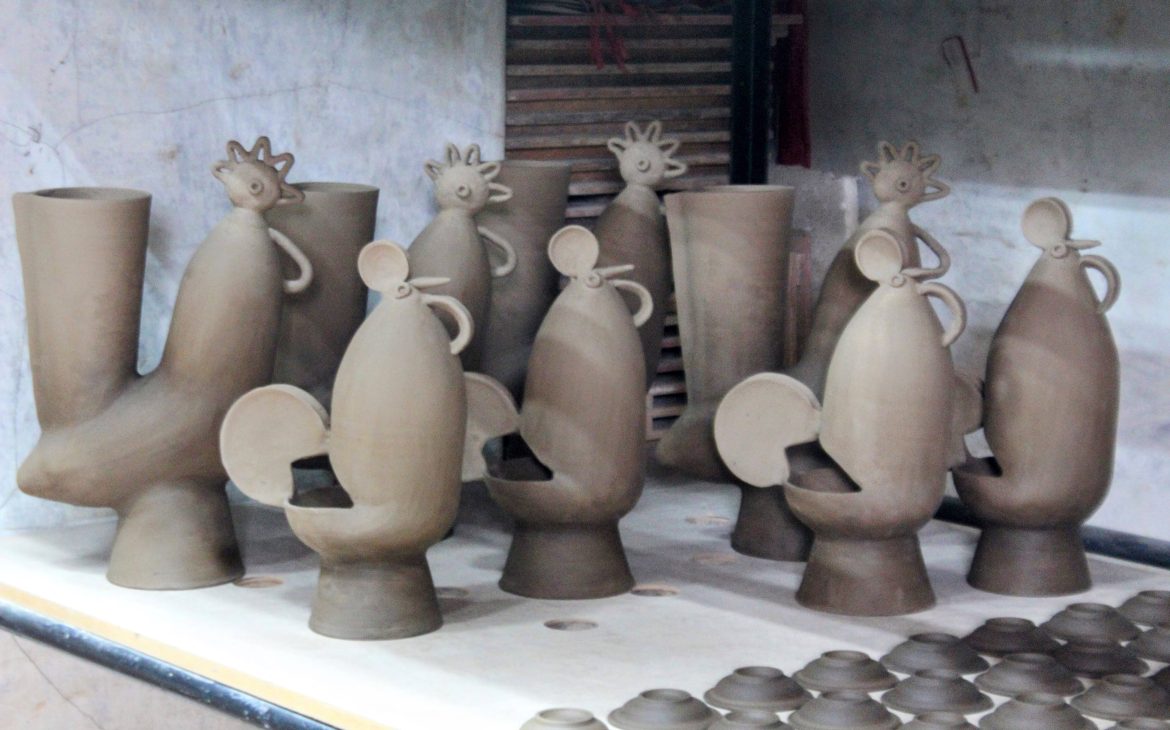
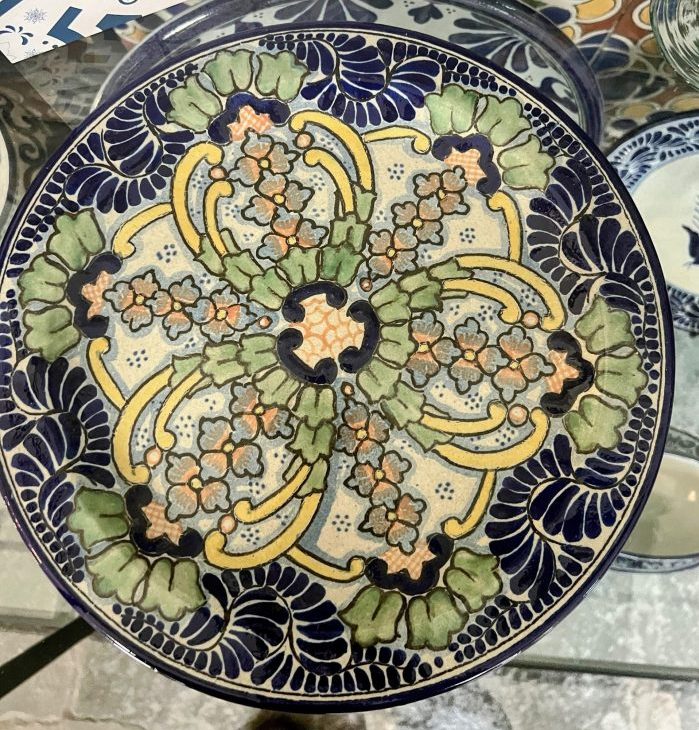
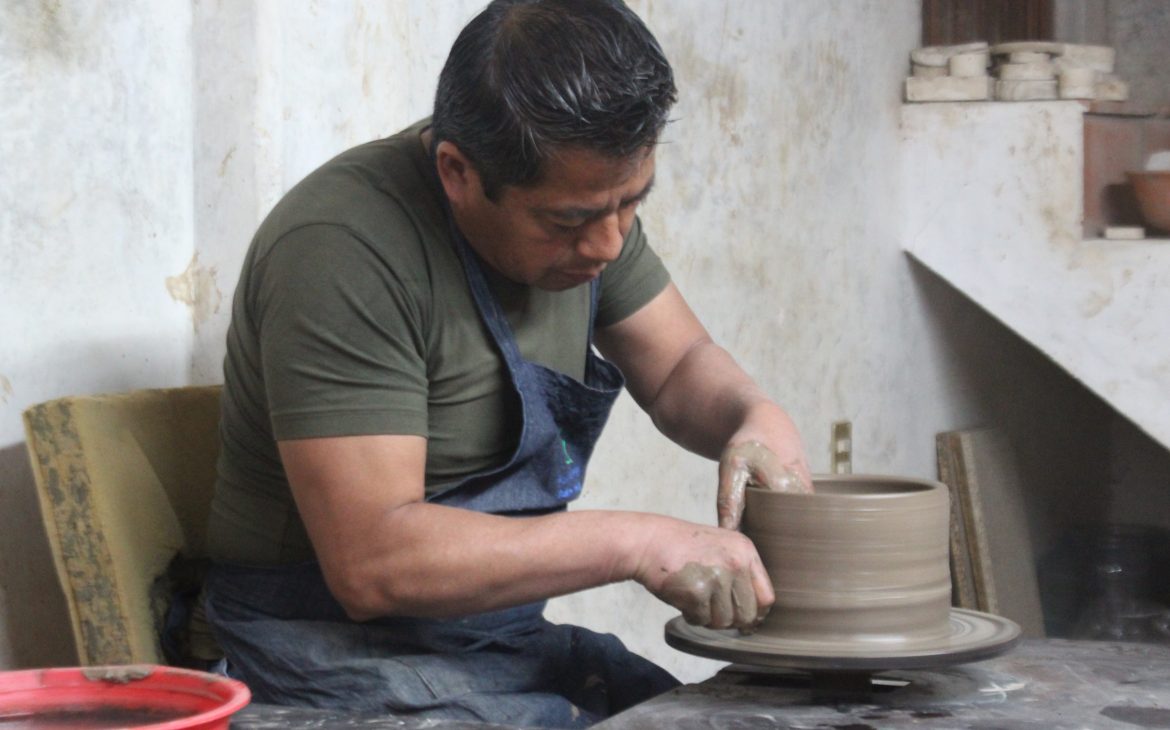
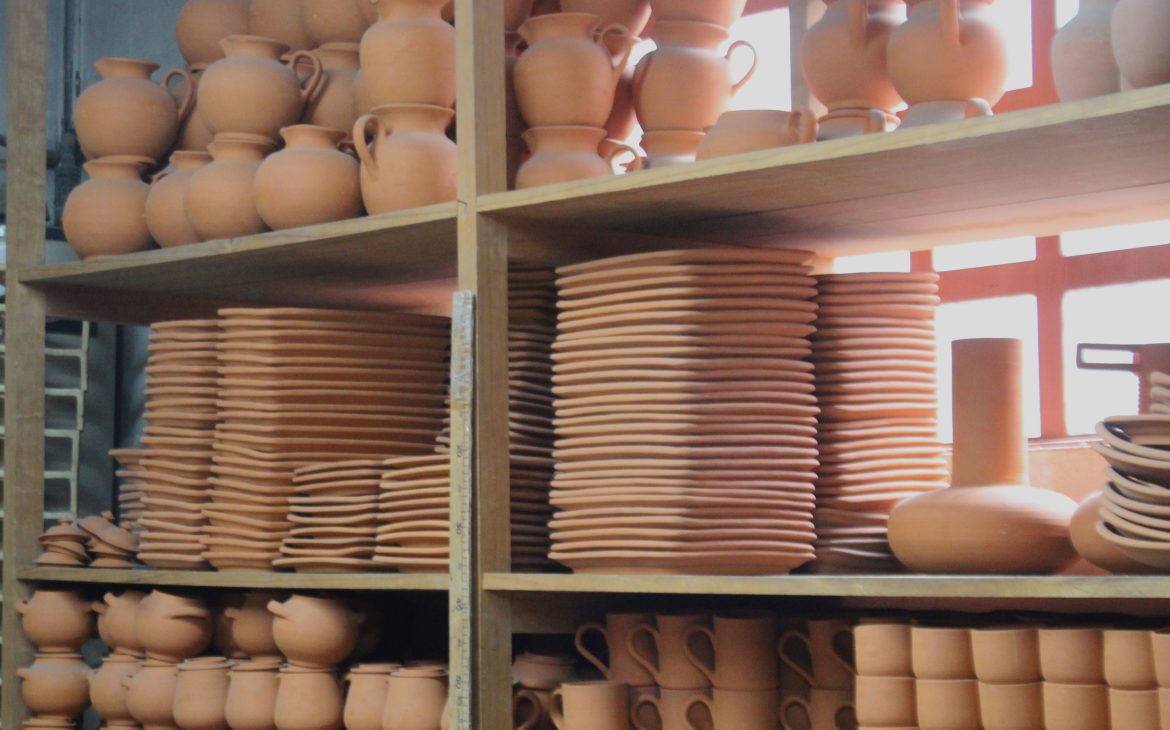
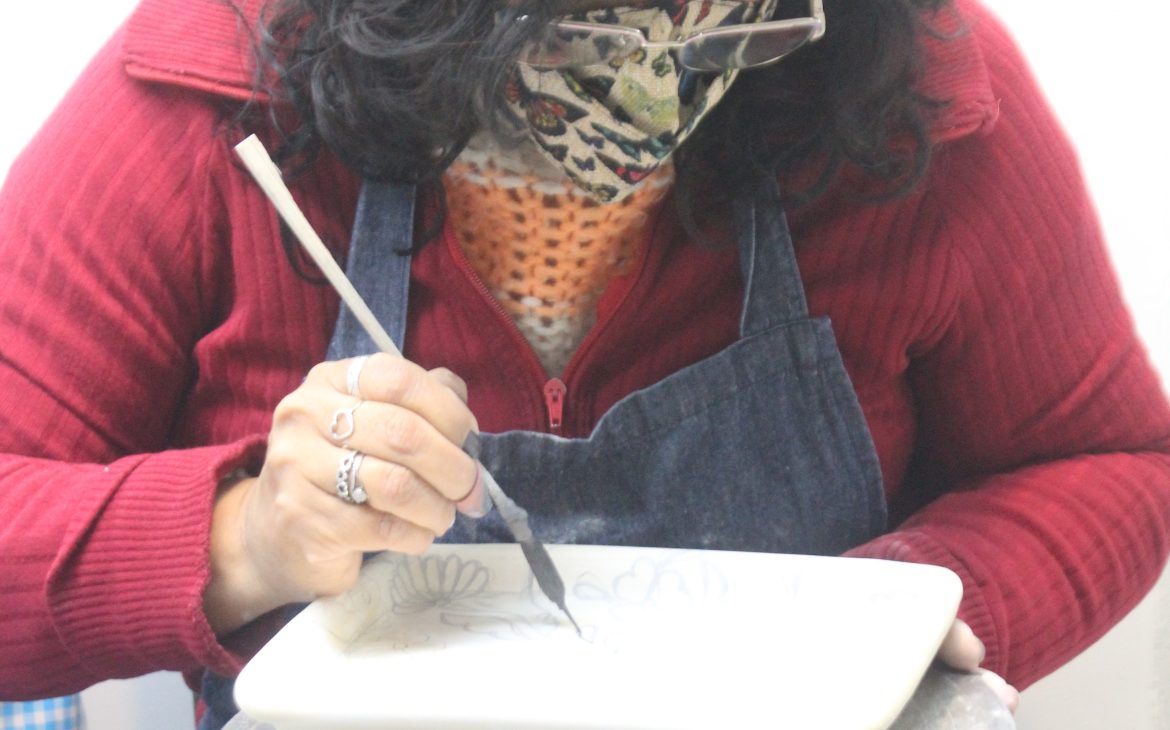
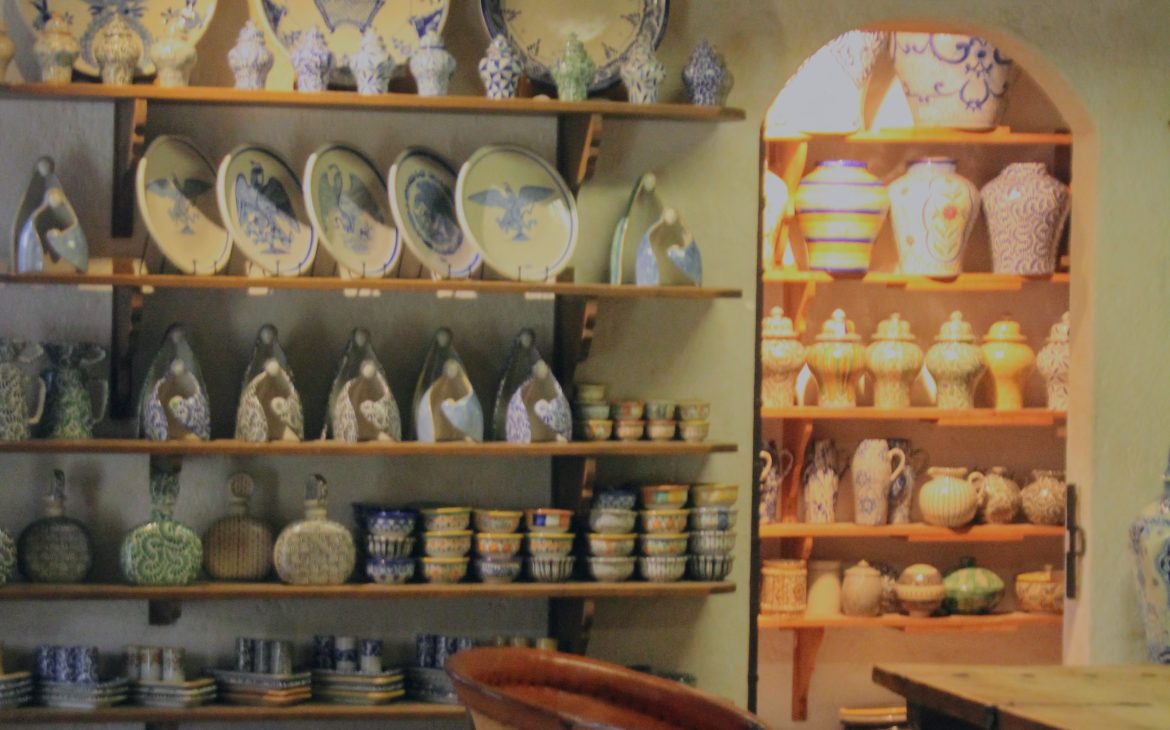
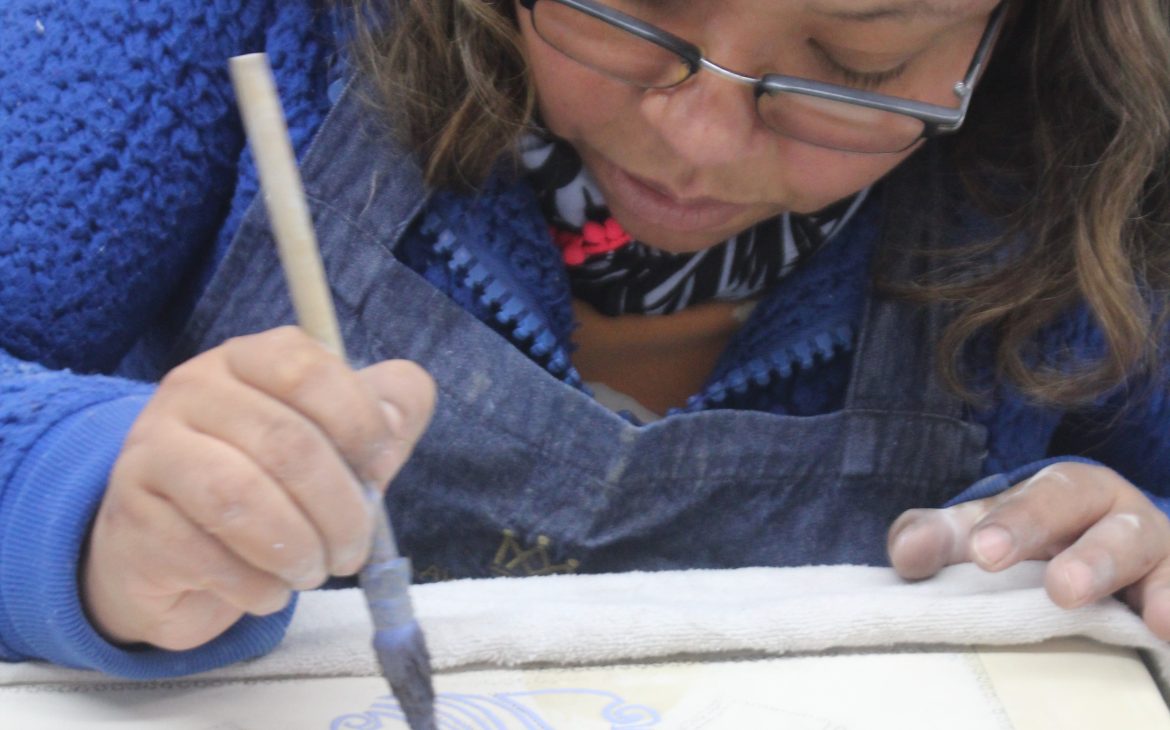
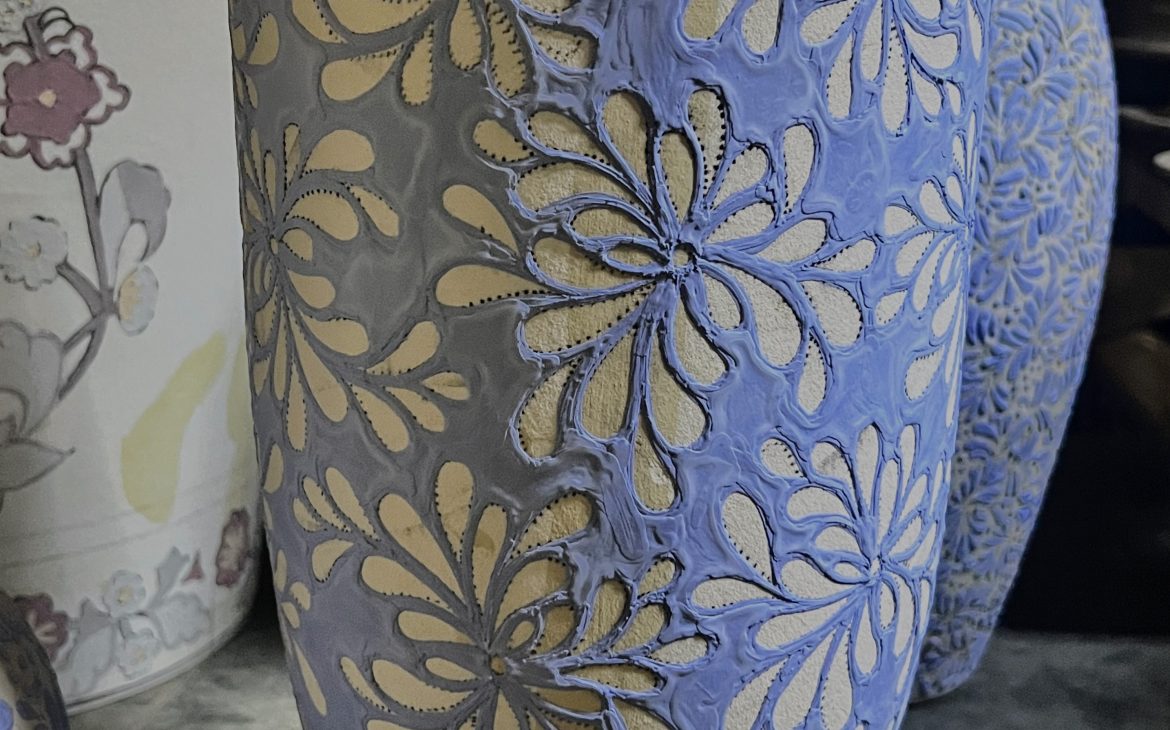
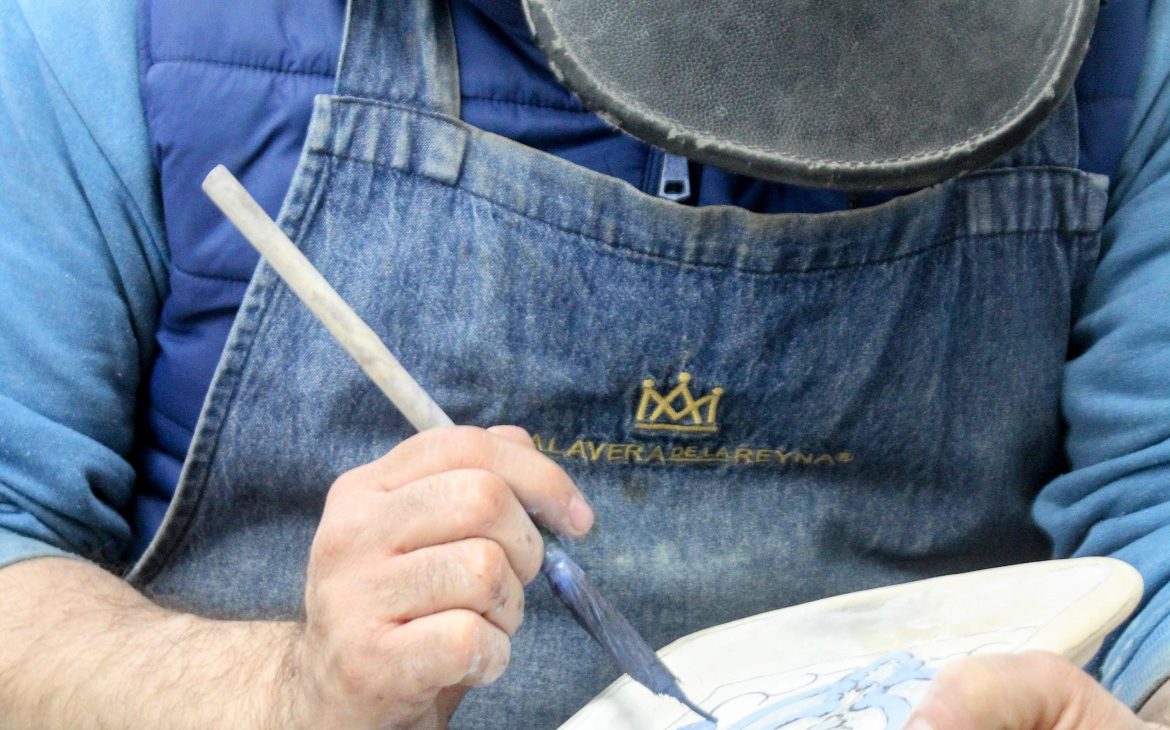
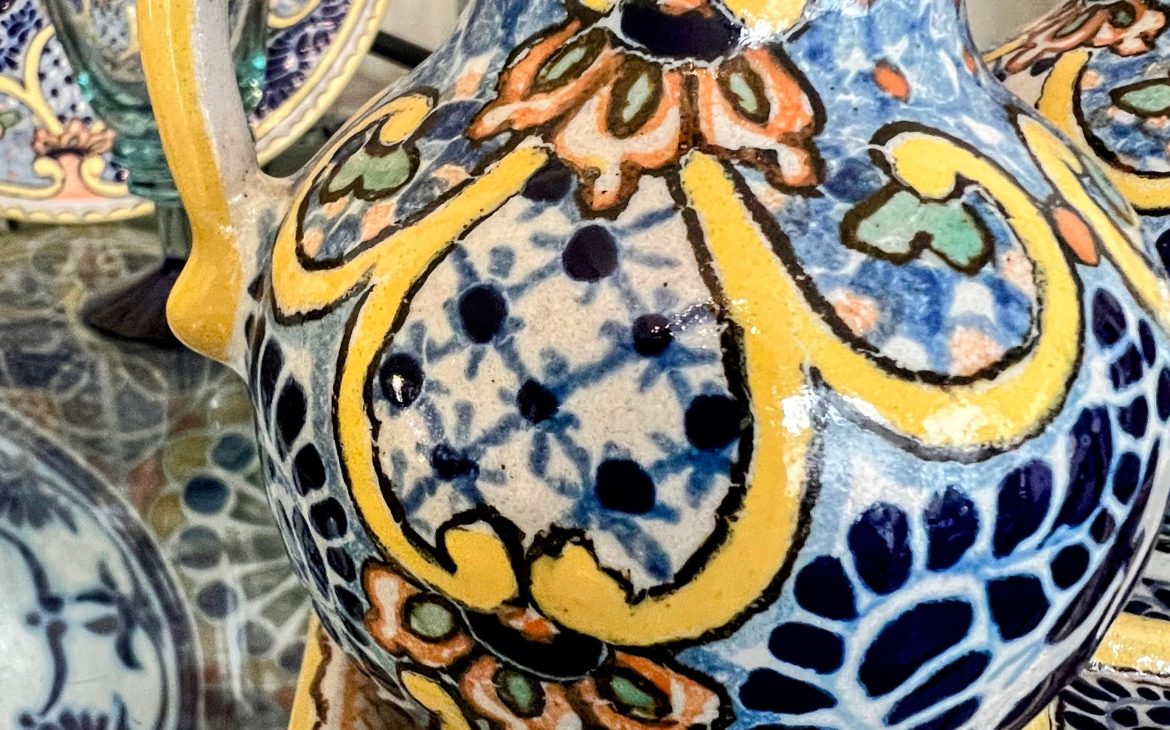
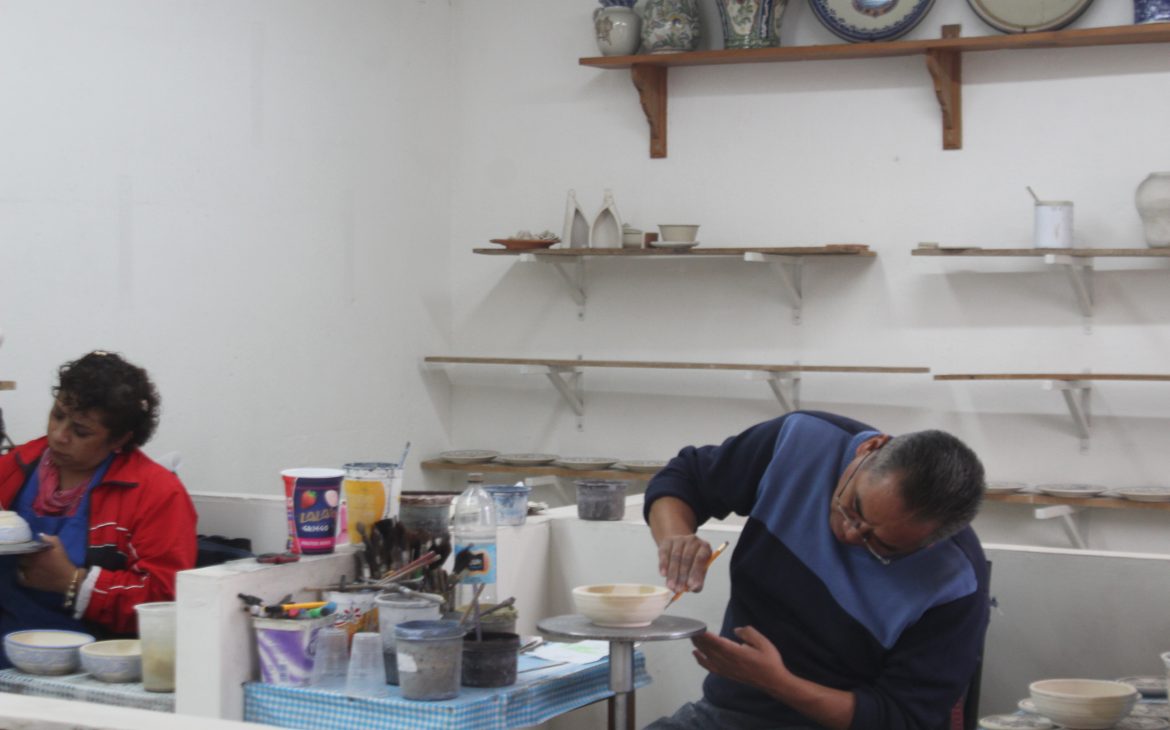
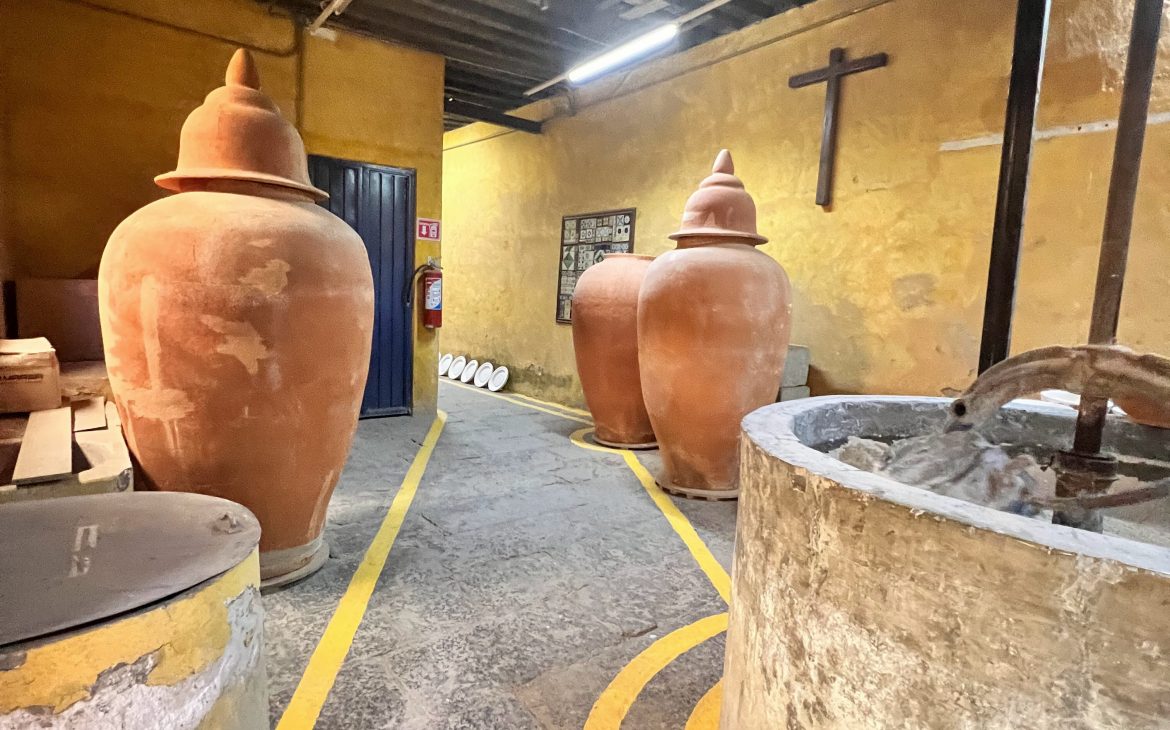
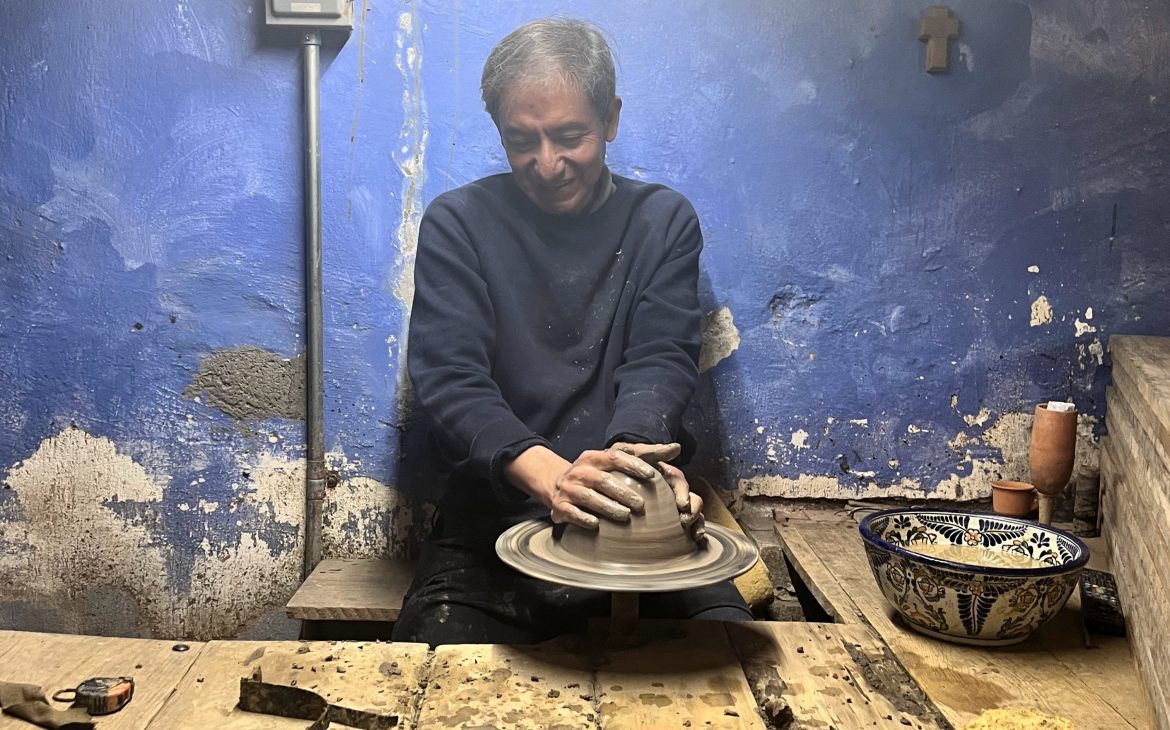
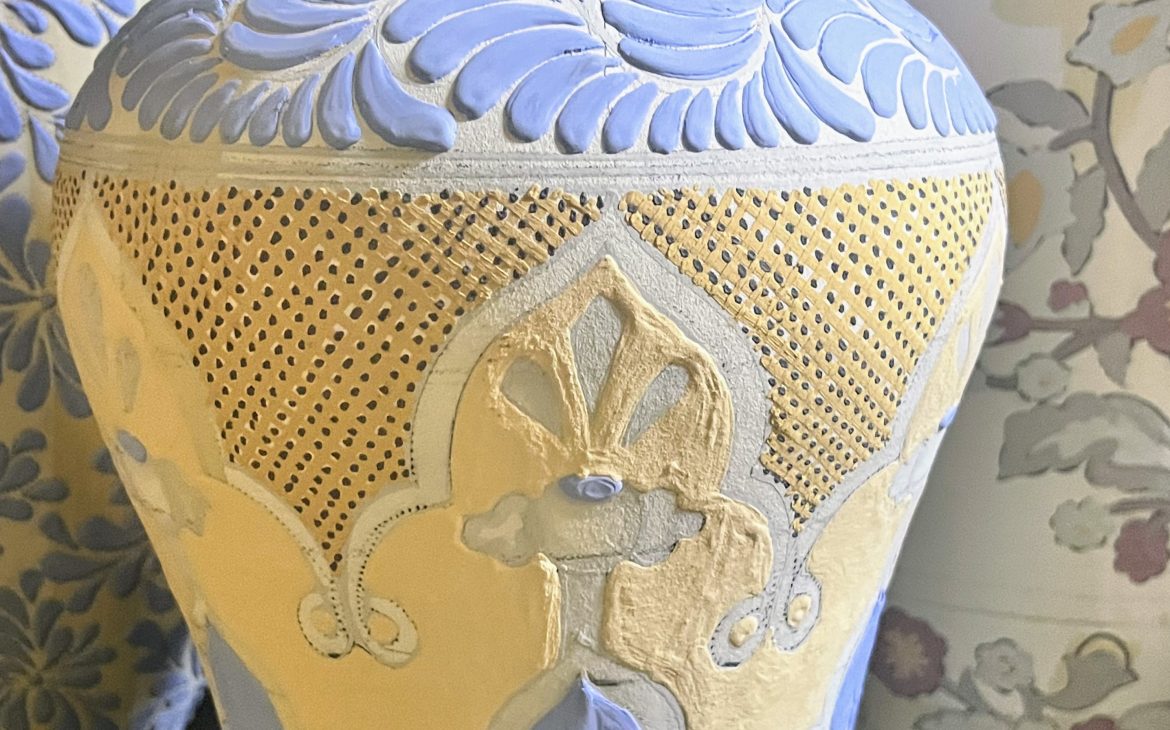
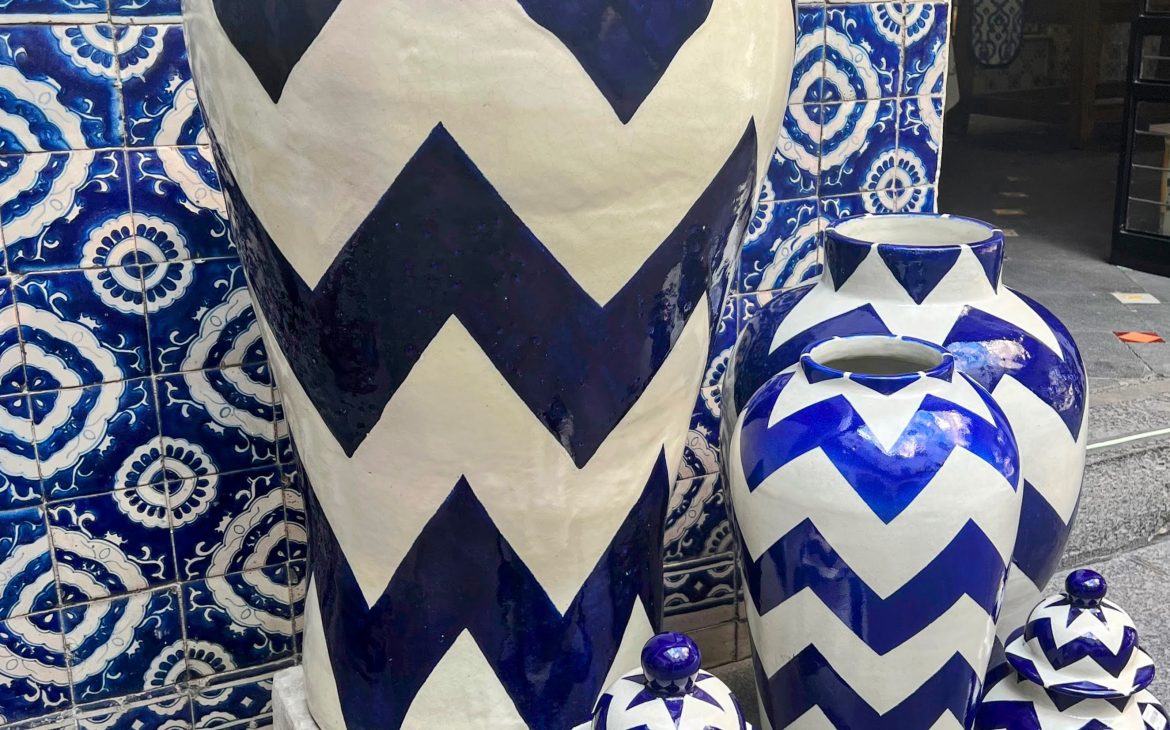
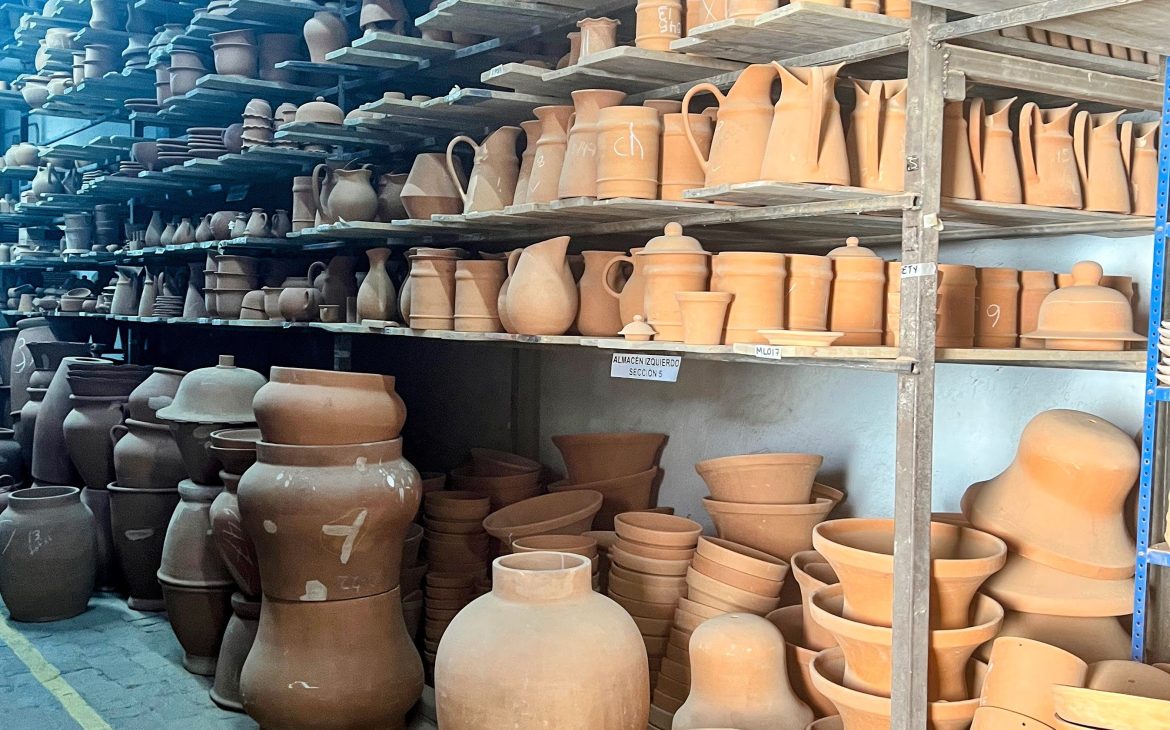
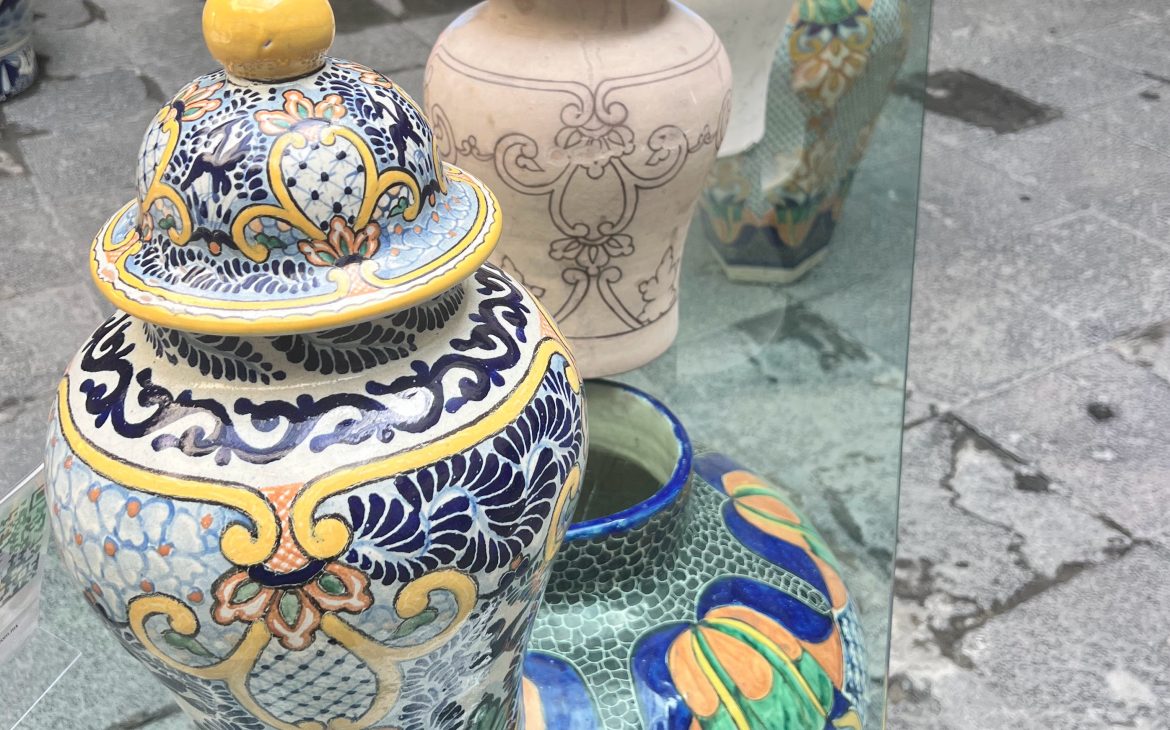
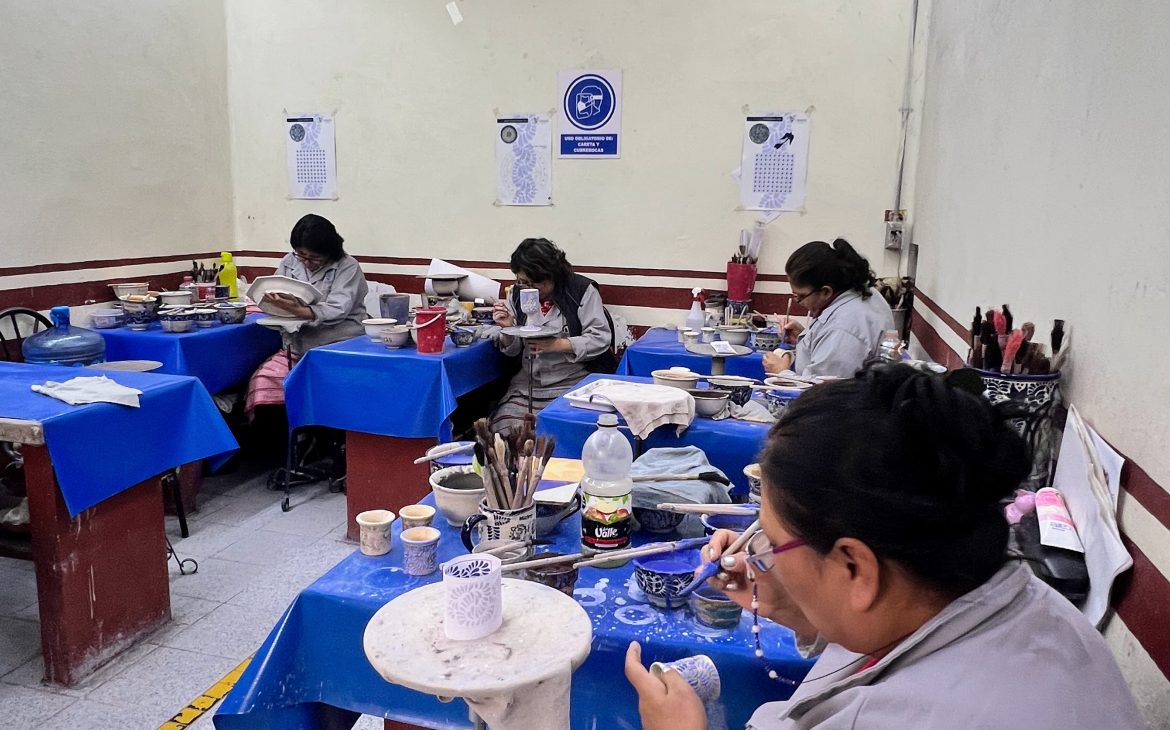
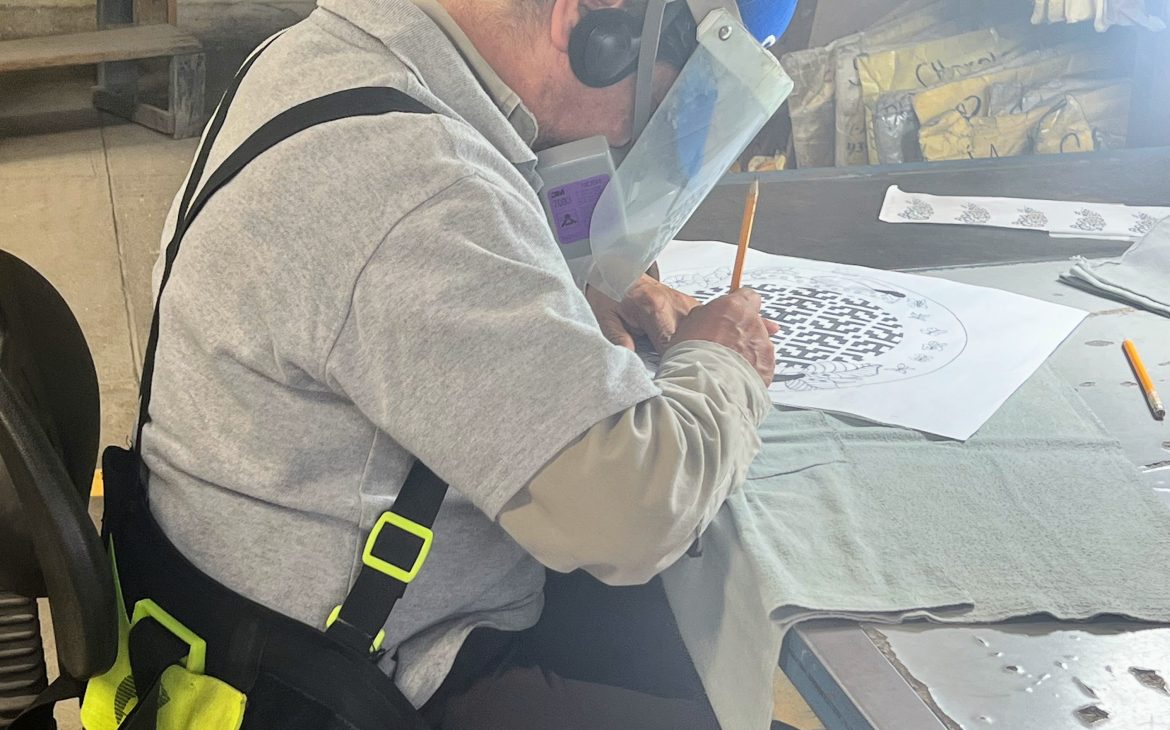
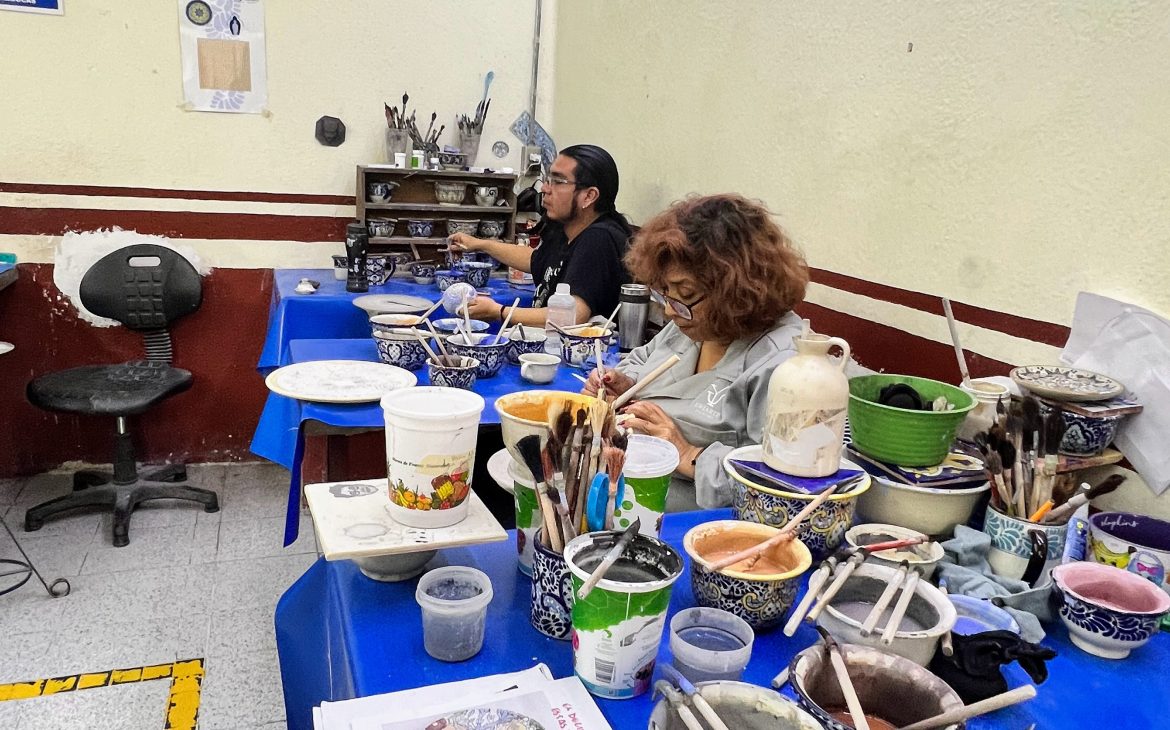
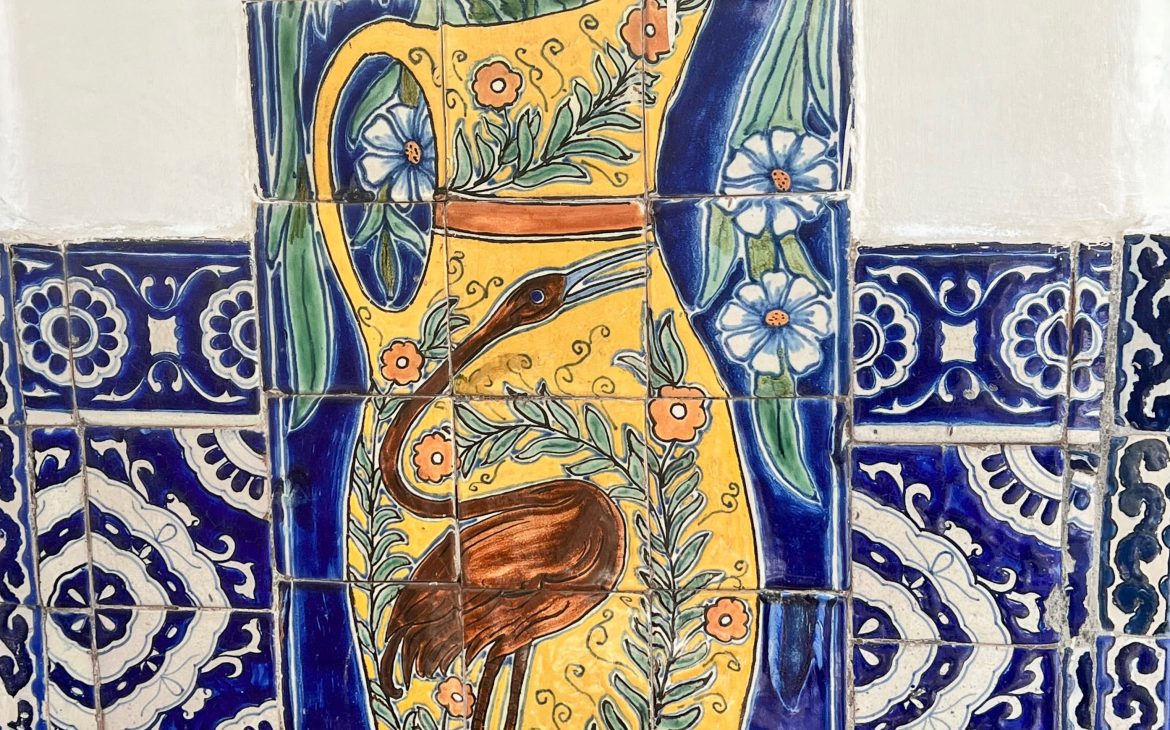
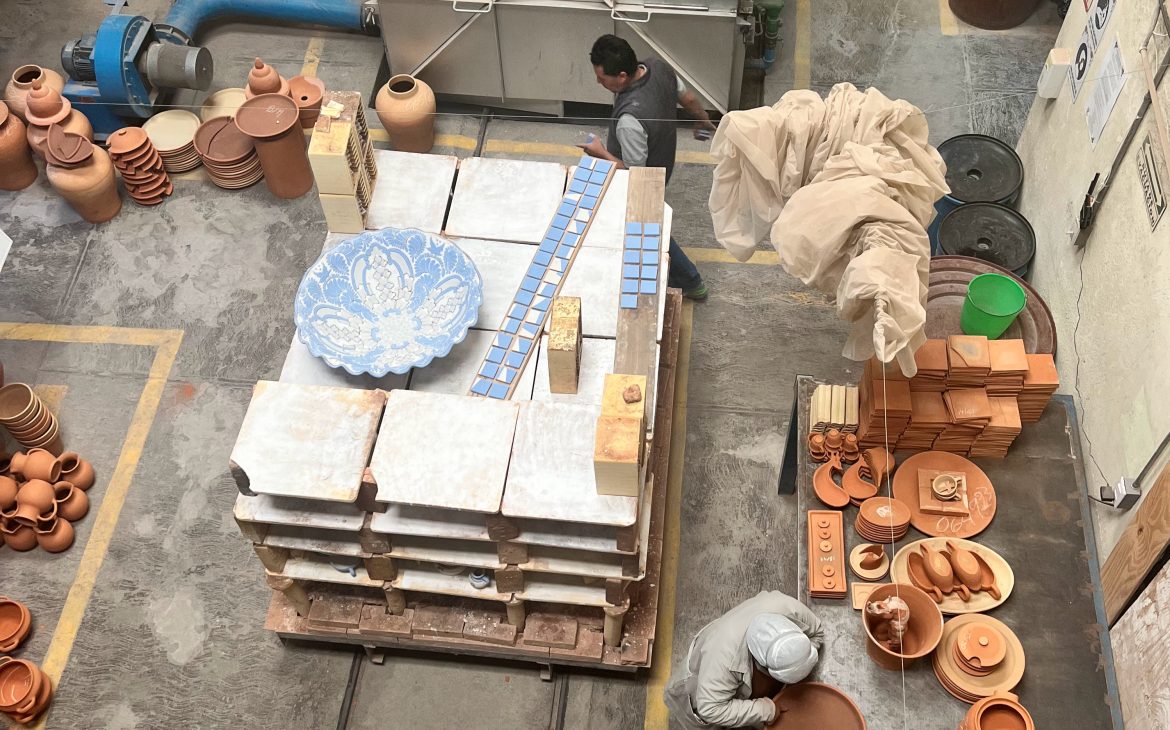
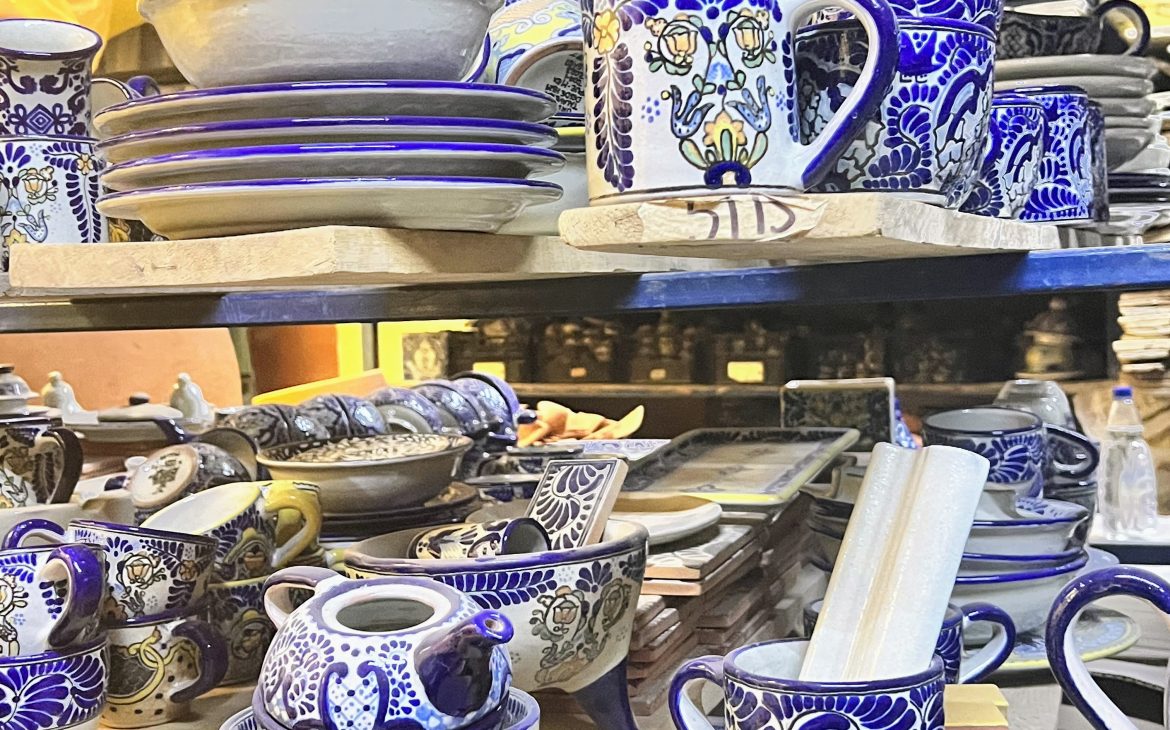
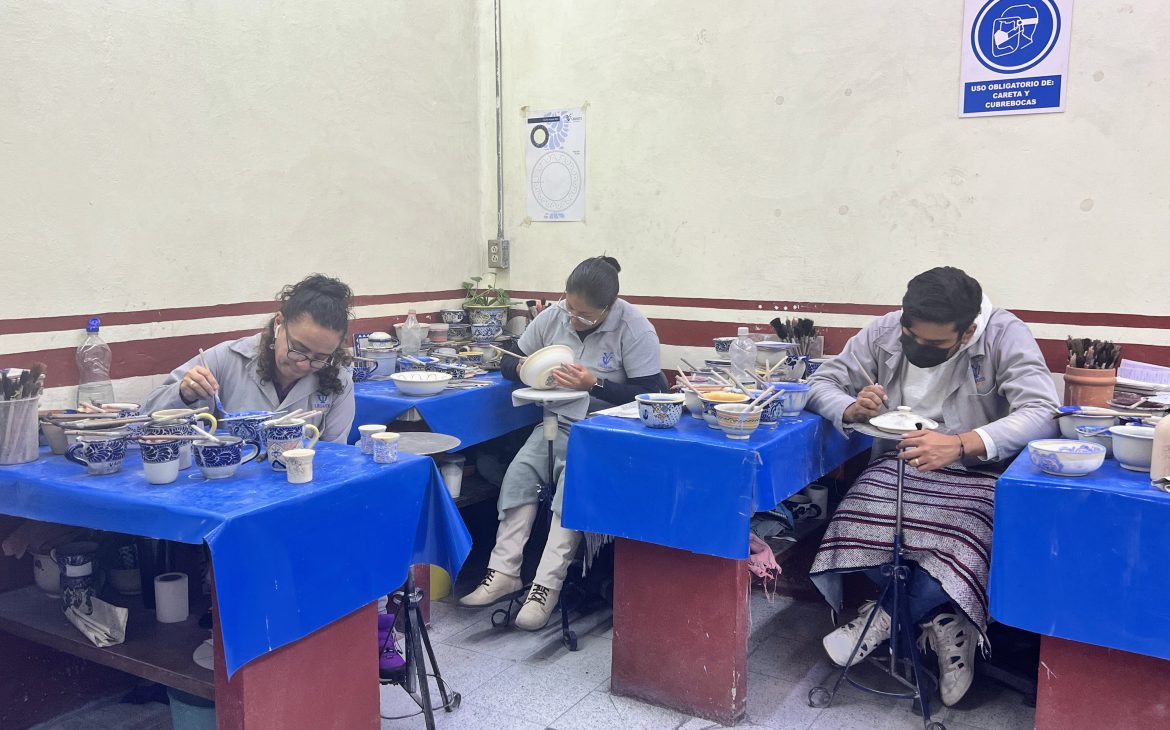
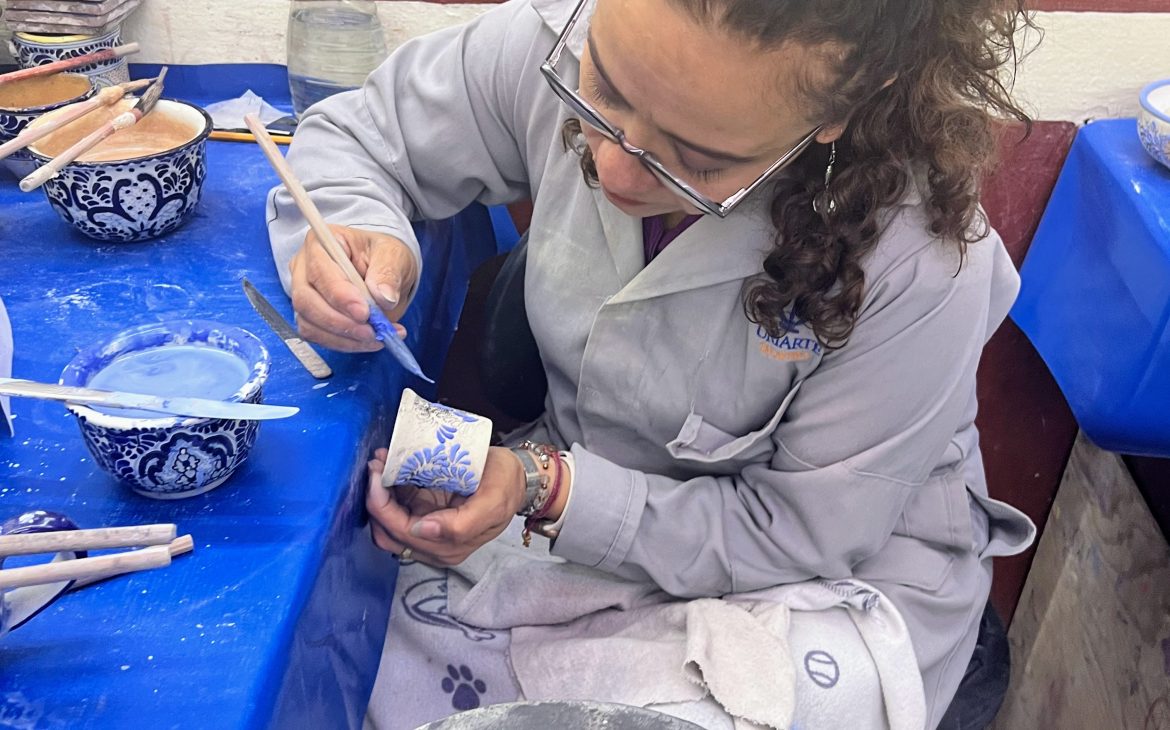
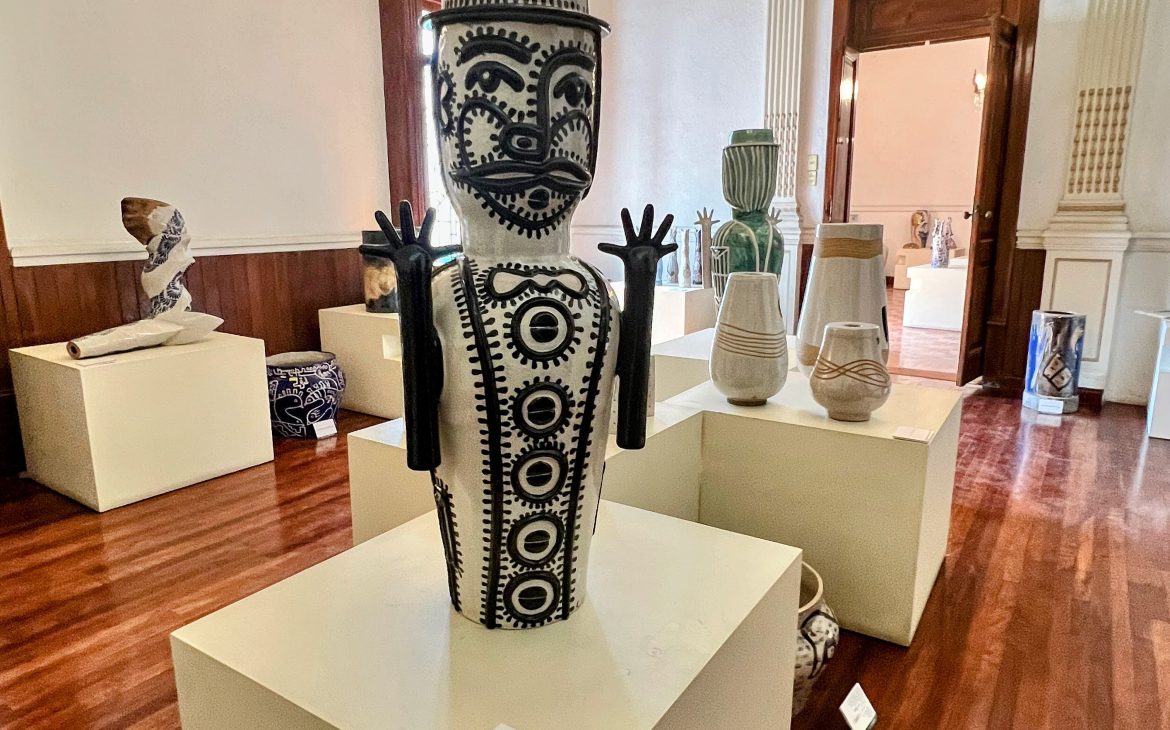
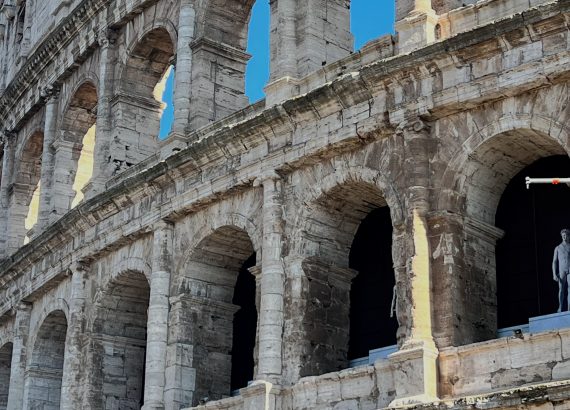

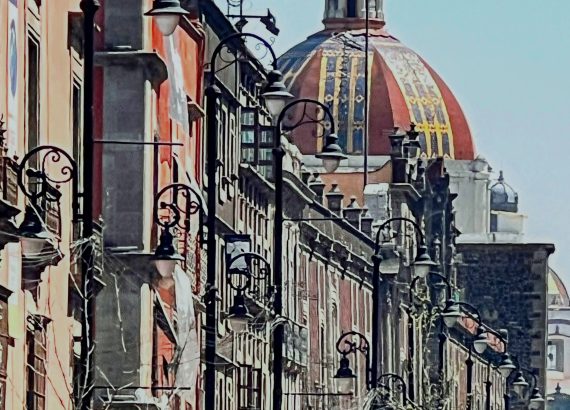

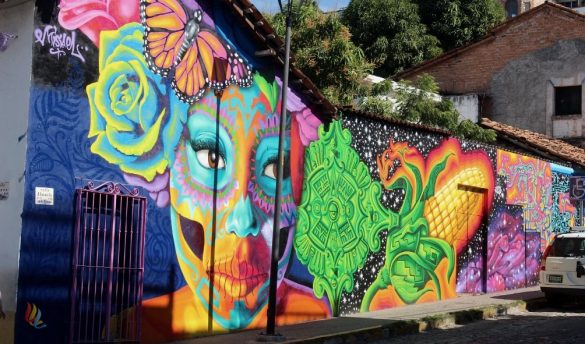
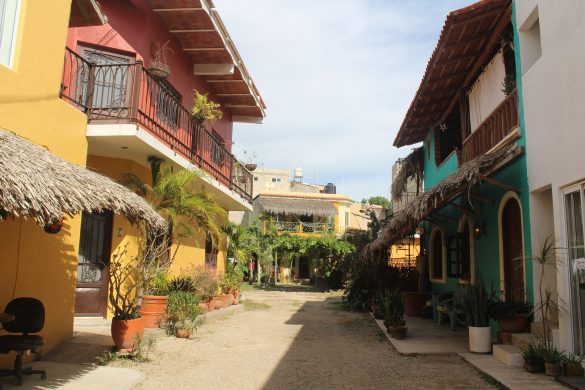


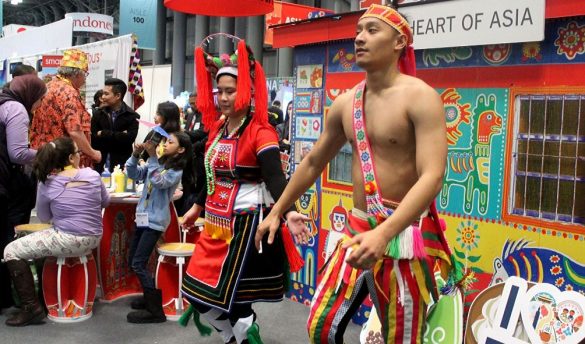

No Comments